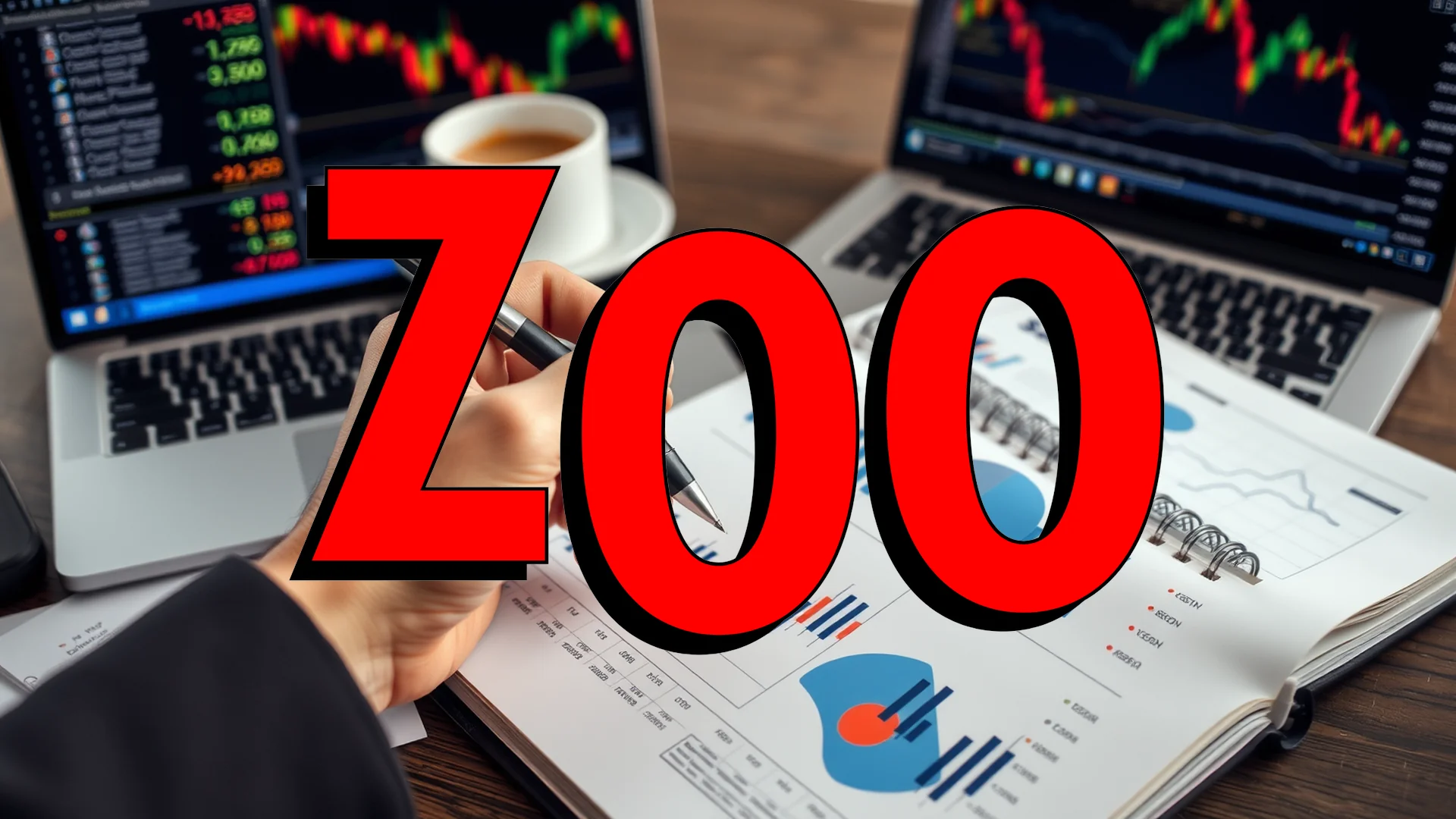The fundamental viability of the iBuying model is under intense scrutiny as Opendoor navigates a perfect storm of economic pressures. With a cooling US housing sector and climbing interest rates, the company’s core operations face unprecedented strain. This raises a critical question about the long-term survival of the instant home buying pioneer.
A Flawed Foundation Exposed
At its core, Opendoor generates revenue from the spread between its purchase and sale prices for residential properties, typically representing 5-7% of a home’s value. This approach has revealed significant vulnerabilities during the current market correction. The company’s heavy reliance on accurate short-term price predictions has transformed into a substantial threat.
Core vulnerabilities creating operational pressure:
– Extreme sensitivity to interest rate fluctuations given substantial capital requirements
– Significant timing risks during periods of declining property values
– Massive logistical complexity managing a nationwide inventory of homes
– Complete dependency on stable or appreciating housing market conditions
Competitive Landscape Shifts Against iBuying
The competitive environment has turned increasingly hostile for pure-play iBuyers. While Zillow completely exited the iBuying business in 2021, Opendoor continues its solitary battle in this challenging space. Traditional real estate brokers have successfully integrated digital solutions into their operations without assuming the enormous capital risk associated with maintaining property inventories. These developments have eroded what were once considered Opendoor’s key competitive advantages.
Should investors sell immediately? Or is it worth buying Opendoor?
The effectiveness of the company’s proprietary valuation technology, which employs automated algorithms to analyze sales data, market patterns, and property characteristics, remains uncertain against powerful macroeconomic forces that appear to overwhelm its predictive capabilities.
Economic Convergence Creates Crisis Conditions
The simultaneous occurrence of rising financing costs and diminishing housing demand presents what could become an existential threat to Opendoor’s operations. The company’s capital-intensive approach fundamentally requires stable or rising market conditions—precisely the opposite of the current economic reality.
What was once celebrated as strategic strength—expansion across more than 40 US metropolitan regions—has transformed into an operational burden. Navigating varying regulatory frameworks and disparate market cycles across these regions adds substantial complexity during an already volatile period.
The ultimate question remains whether Opendoor can withstand this severe downturn or will follow Zillow’s path in abandoning the iBuying experiment. The answer to this question will determine whether the company’s valuation represents billions in potential or ultimately proves worthless.
Ad
Opendoor Stock: Buy or Sell?! New Opendoor Analysis from December 19 delivers the answer:
The latest Opendoor figures speak for themselves: Urgent action needed for Opendoor investors. Is it worth buying or should you sell? Find out what to do now in the current free analysis from December 19.
Opendoor: Buy or sell? Read more here...










